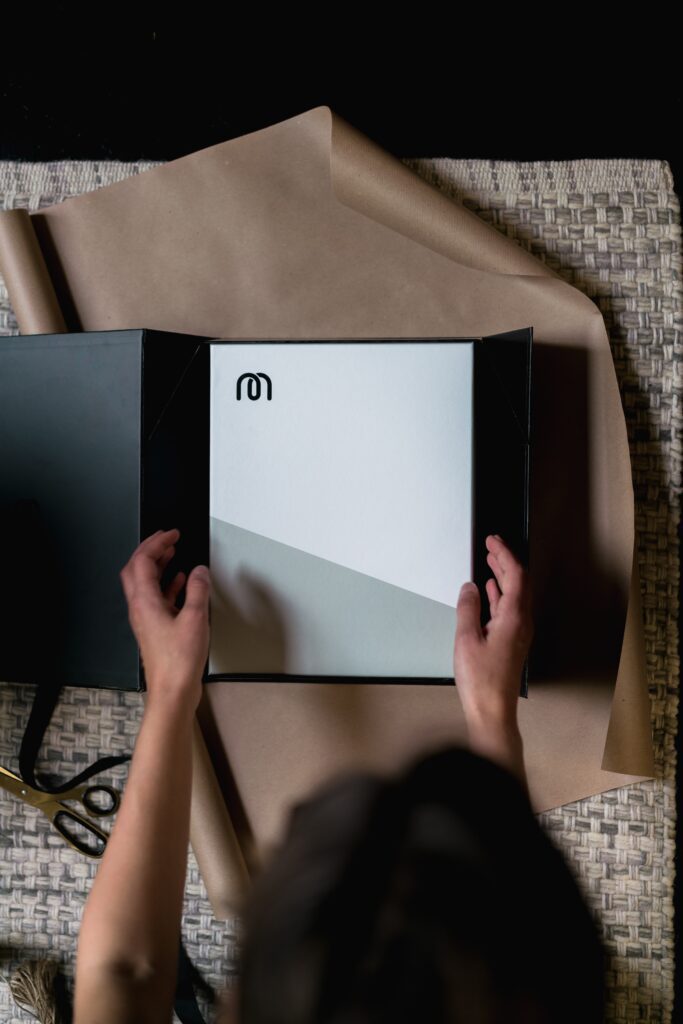
1. describe your product and who it is for.
If you are considering different options for packaging your product, there are several key factors to take into account before you start. Primarily, it’s important to have a clear understanding of what your product is and what makes it unique compared to your competitors. Additionally, it’s crucial to identify your potential customer base and their needs and preferences to ensure your packaging is attractive and appealing to them. You must also consider the size, shape, weight, and potential fragility of your product, as well as the storage and transportation conditions it will encounter. All of these elements can have a significant impact on the type and amount of packaging material you will require. Taking the time to address these essential considerations will enable you to make informed choices and design packaging that is both functional and appealing to your target audience.
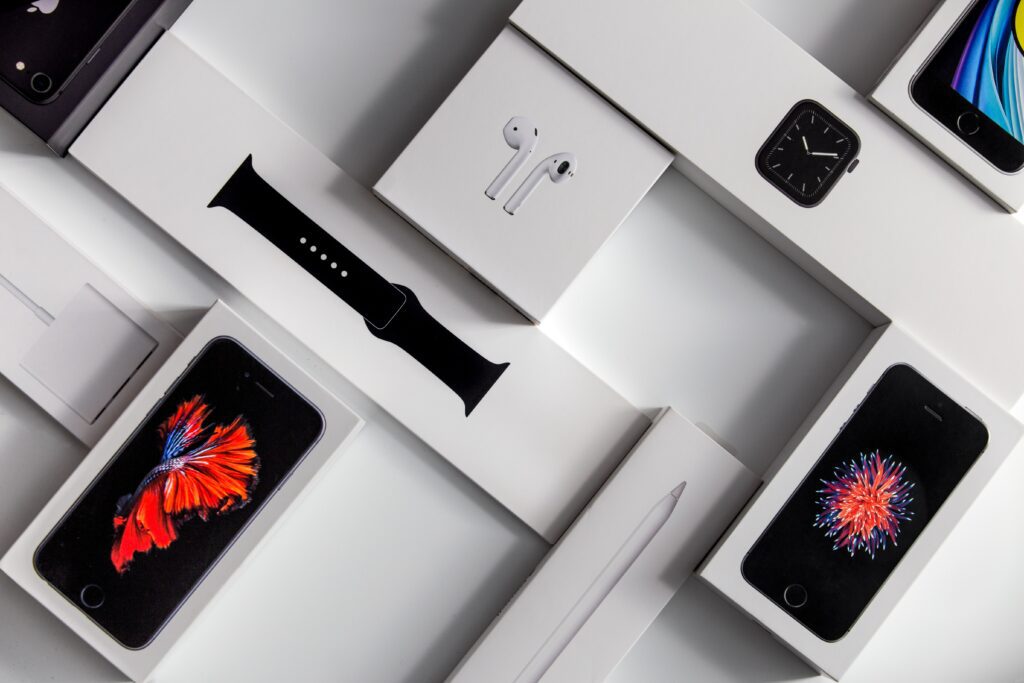
2. Find out what kind of packaging is popular and required in your industry and market.
When searching for the right packaging for your product, it is essential to ensure that you have a thorough understanding of your product and what sets it apart from your competitors. Knowing your product’s attributes and features will enable you to better determine the appropriate packaging to effectively showcase and protect it during storage, shipping, and transportation.
Furthermore, it is equally important to have a good grasp of your intended target audience – their preferences, needs, and behaviors. This will help you determine the type of packaging that will appeal to and resonate with your customers.
Various factors need to be taken into consideration when selecting product packaging. These include product size, shape, weight, and fragility, as well as storage and transportation conditions. These aspects can impact your packaging needs and ultimately, the success of your product. Therefore, taking the time to carefully assess your product and packaging requirements can lead to a more efficient and successful operation.
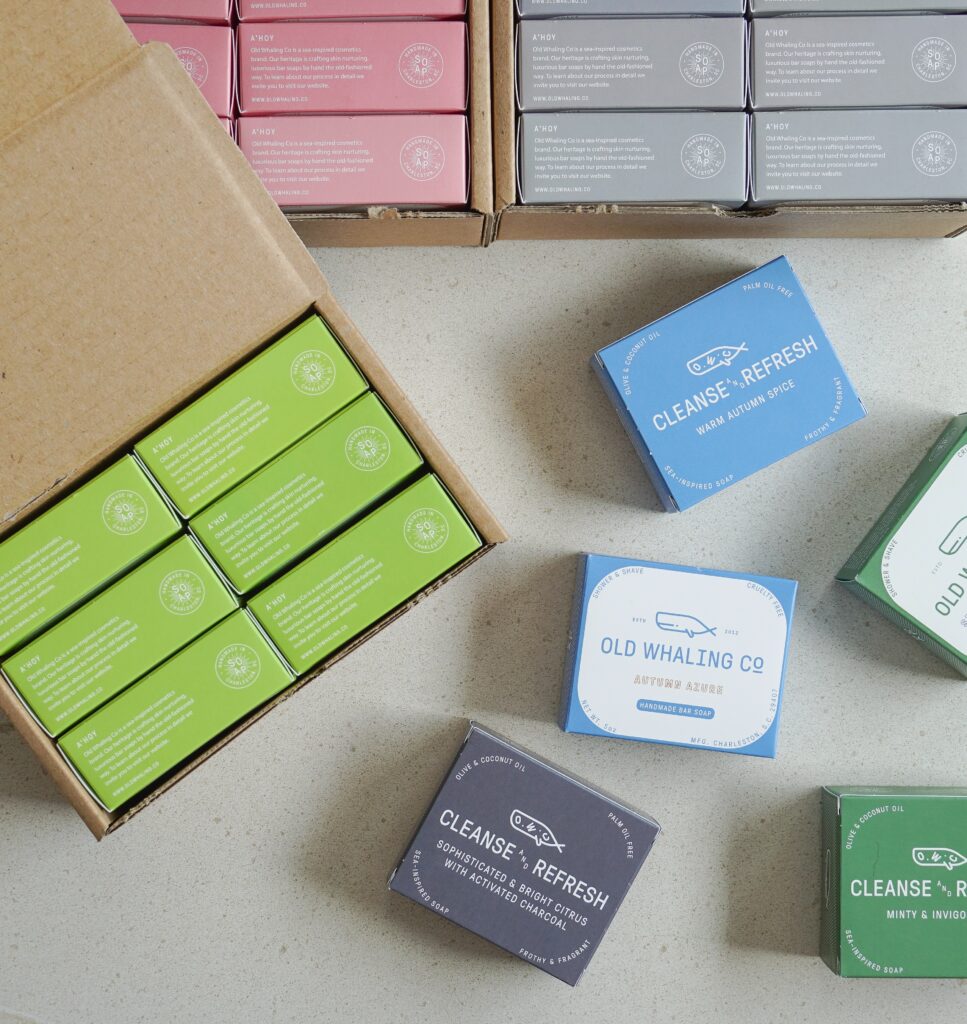
3. Select the appropriate packaging material and design that matches your product and brand.
When it comes to packaging your product, it is crucial to take various factors into consideration before making any decisions. After identifying the target audience and product, it’s essential to research packaging trends and regulations to make sure everything is compliant.
From there, the packaging material plays an important role in the overall success of your product, and there are plenty of options to choose from, including paper, cardboard, plastic, metal, glass, wood, and more. Each material comes with different characteristics, such as cost, durability, and appearance, so it’s essential to pick one that fits your budget and product needs.
Additionally, the packaging design holds immense importance in capturing the customer’s attention, and you should consider its color, shape, size, logo, typography, graphics, images, among others.
All these elements need to align with your brand identity and attract as well as inform your potential customers. To create a visually appealing and distinctive design, you can either leverage online tools or hire a professional designer to support you throughout the process.
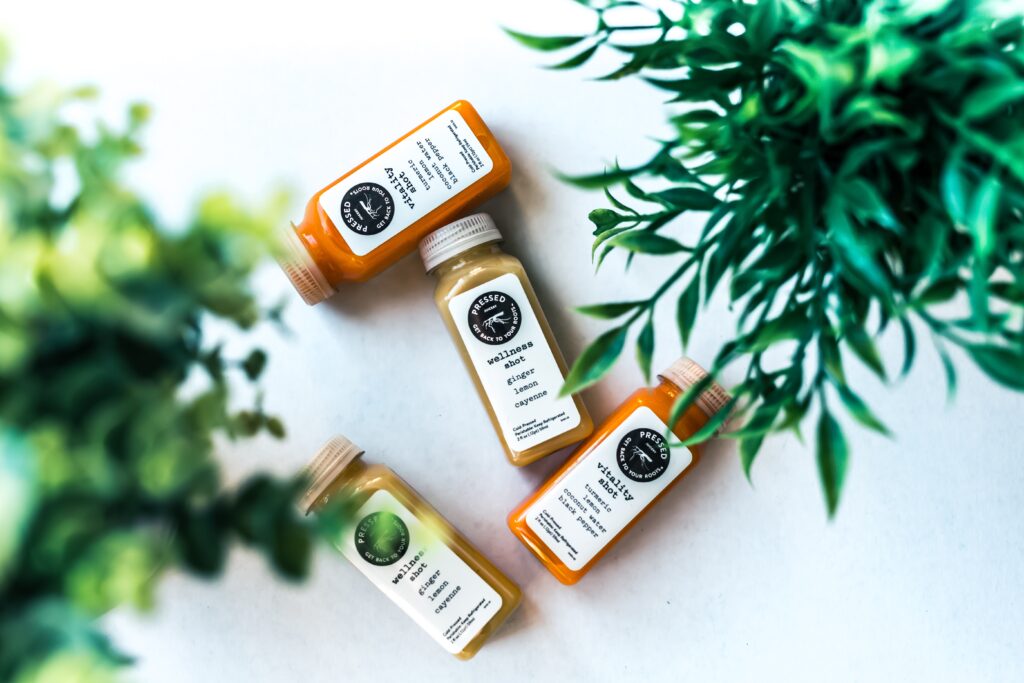
4.Test and evaluate your packaging before launching it.
In order to ensure that your product is packaged correctly, it’s important that you take the final step of conducting thorough tests and evaluations before launching it. By doing so, you can feel confident that your product is not only protected during shipping and handling, but that it’s also easy to use, appealing and attractive.
In terms of quality assessment, you’ll want to test the packaging materials to ensure they are durable and sturdy. Furthermore, it’s important to evaluate how well the packaging protects your product from damage. In addition to these basic tests, you’ll also want to consider your customers’ needs and preferences. For example, you may want to test the ease of opening and closing your packaging, as well as the accuracy and clarity of the information on the packaging.
Another important consideration is the design of your packaging. You’ll want to ensure that it’s attractive, memorable and consistent with your brand’s identity. Conducting surveys or focus groups is an effective way to get feedback from your customers, enabling you to understand their opinions, preferences and any required improvement suggestions for your packaging. By doing all of these things, you can be sure that your product stands out in the market and that your customers will be more satisfied, which ultimately leads to a higher sales rate.
Related Posts
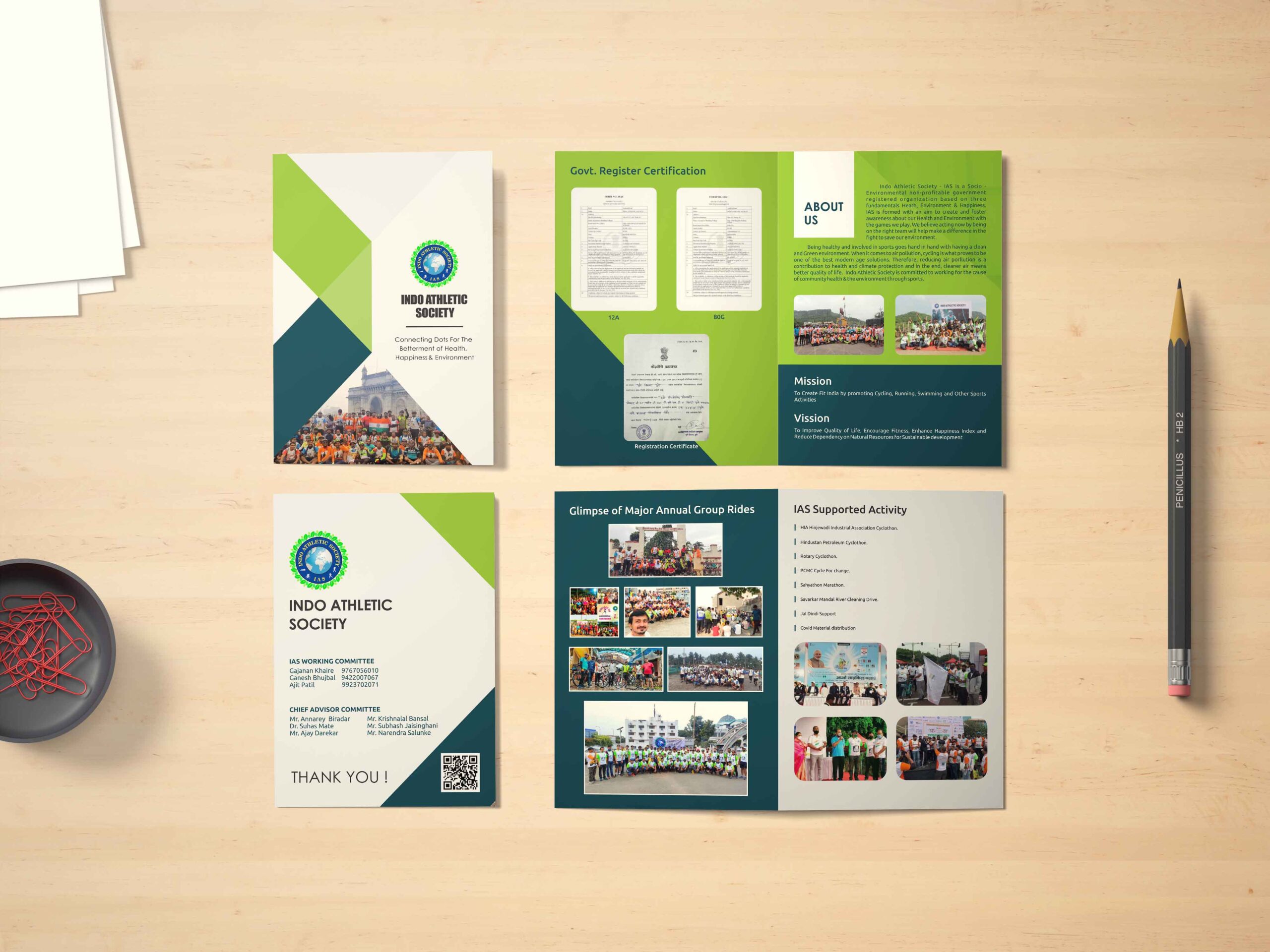
Brochure Marketing Strategies: How to Maximize Impact and Reach Your Target Audience
Brochure Marketing Strategies: How to Maximize Impact and Reach Your Target Audience In the ever-evolving landscape of digital marketing however,

Choosing the Right Brochure Format for Your Business: A Comprehensive Guide
Choosing the Right Brochure Format for Your Business: A Comprehensive Guide In the dynamic landscape of business marketing, brochures remain
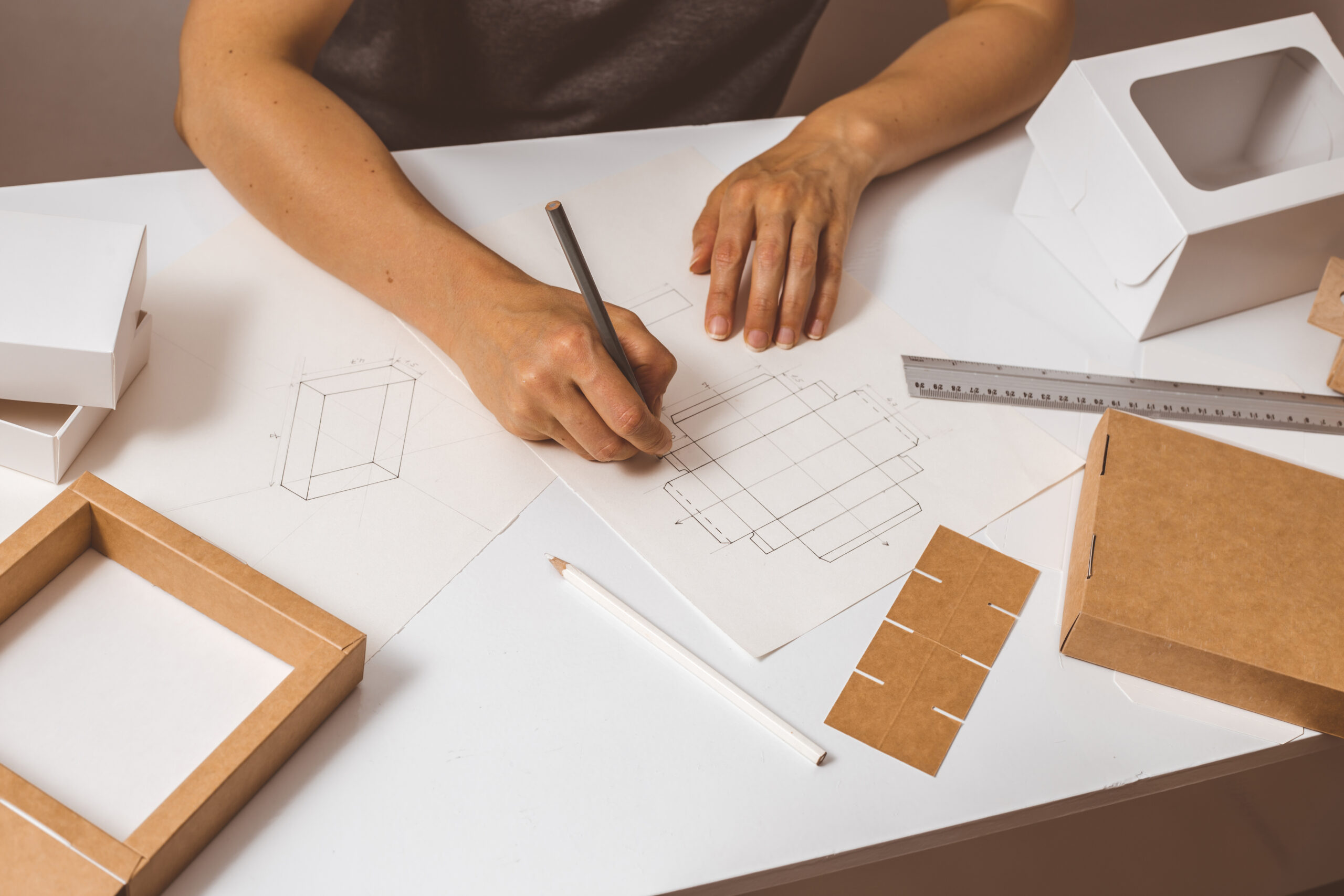
The Packaging Journey: How to Optimize Packaging for the Entire Supply Chain
How to Optimize product box Packaging Journey for the Entire Supply Chain The product box packaging journey of a printing and packaging company involves

The Art of Packaging: How Product Boxes Impact Brand Perception
The Art of Packaging: How Product Boxes Impact Brand Perception In the competitive landscape of business, where first impressions matter,
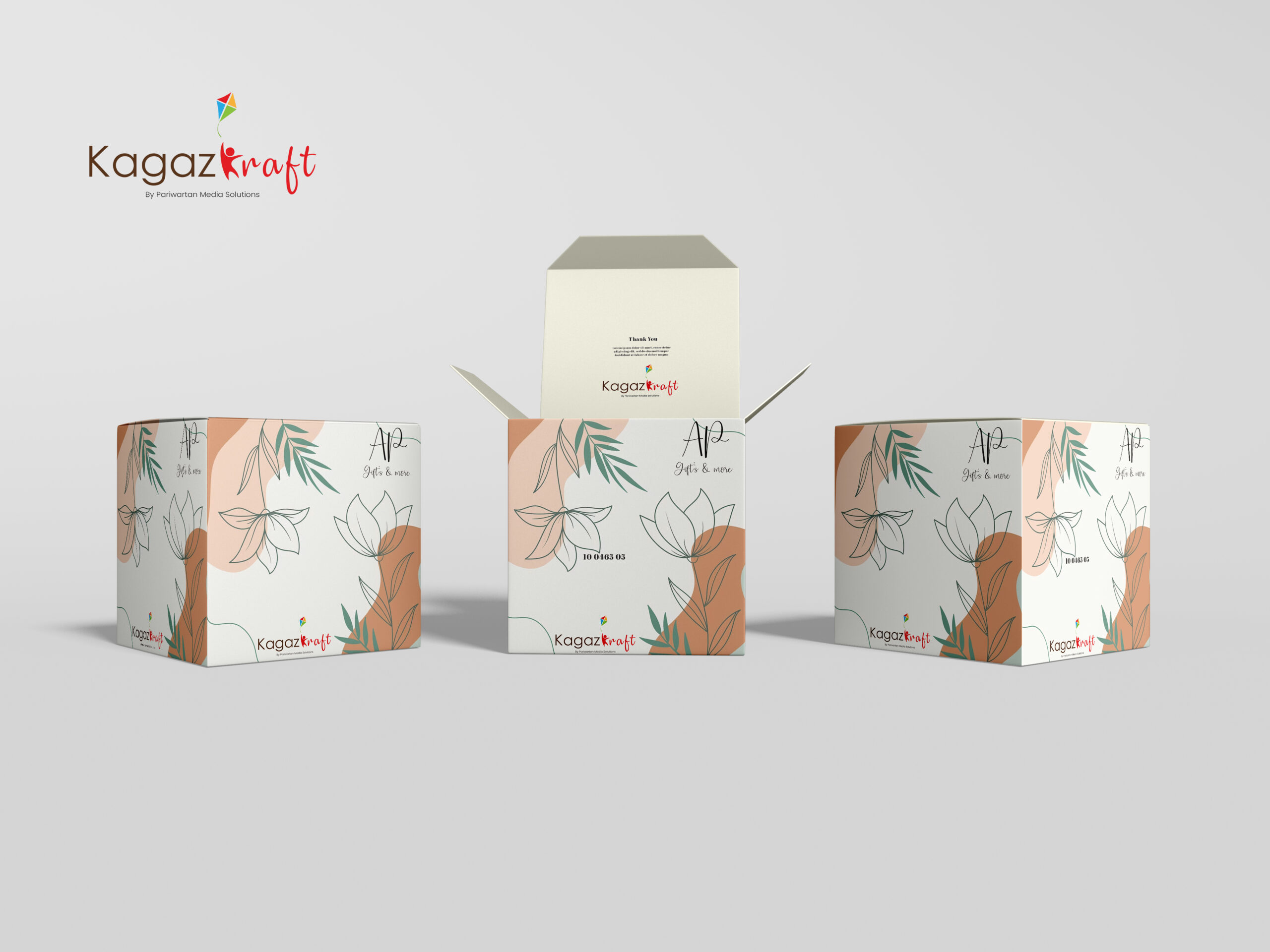
A Guide to Design Your Custom Product Box From Concept to Creation
From Concept to Creation: A Guide to Design Your Custom Product Box Crafting a custom product box that not only

Unleashing Creativity: Customized Stickers for Printing Services
Unleashing Creativity: Customized Stickers for Printing Services In a world where first impressions matter, the shape and design of stickers
